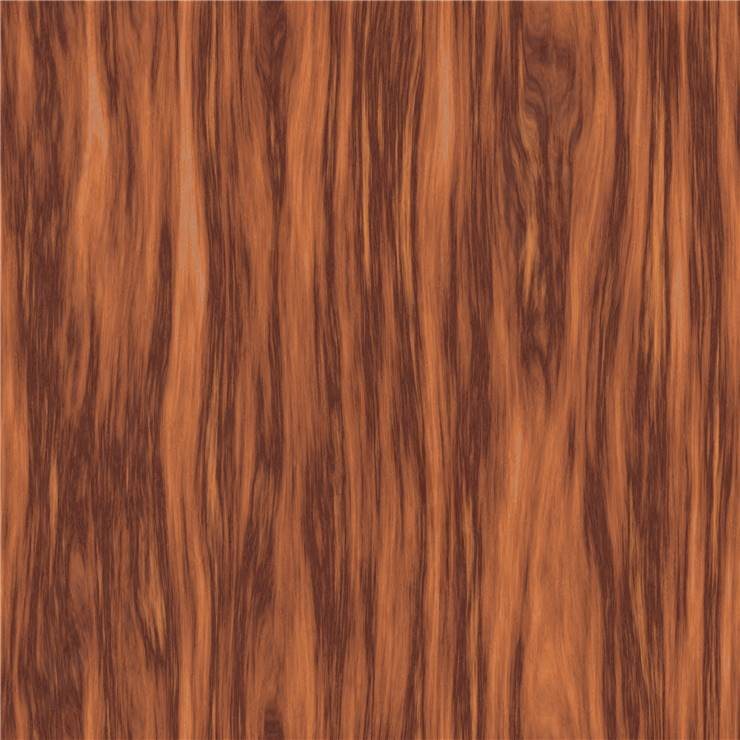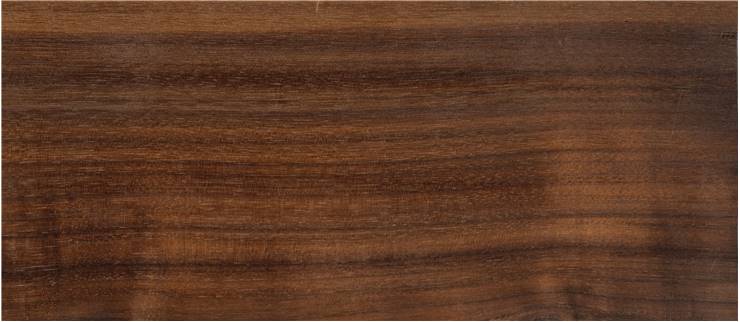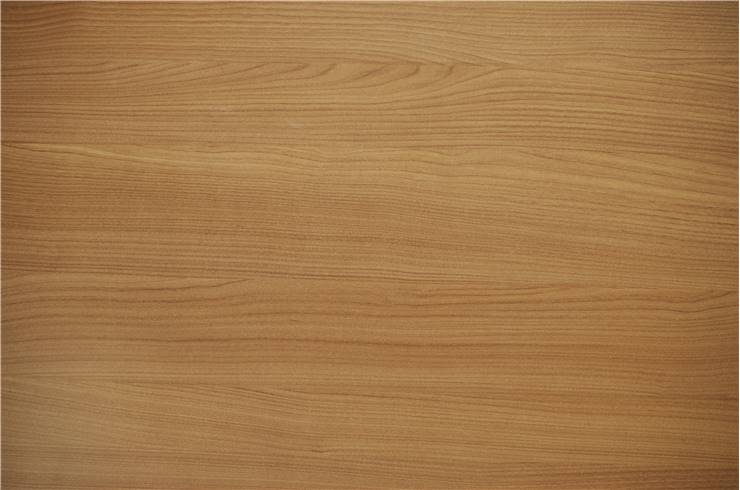Mango Wood - Characteristics, Benefits and Uses
While mango tree is much better known around the world for its popular fruit, this South Asian tropical species from the flowering plant genus Mangifera can also be successfully cultivated in the production of wood. However, Mangifera indica can only produce wood suitable for cutting into lumber when the fruit-bearing lifespan has finished, and the tree can dedicate more nutrients to growing its size and quality of heartwood. Mango wood does not have a significant presence in the worldwide market of lumber trading; its heartwood is still used extensively in India for the production of cheaper furniture, some musical instruments, flooring, plywood, turned objects and more.
There are several reasons why the Mango tree is experiencing a big boom in lumber exploitation. While its wood is considered to be of moderate quality, one of the significant benefits of its production can be found in the speed of growth. Mango trees can grow to the state of commercial lumber exploitation in just seven to fifteen years. The second benefit is that after harvesting, mango heartwood does not require extensive processing, seasoning, and drying. It can be sent to final processing almost immediately after cutting into construction material or furniture moments after being cut from the ground. The third reason Mango wood experienced growth in worldwide use is that many of its core and visual characteristics are similar to the popular teak. Since the population of the Mango tree can be more quickly replenished than those of teak and several other tree types listed as vulnerable or near extinction, this wood has become a viable alternative. It has allowed several types of trees to rebound and grow back to the size they landed on the IUCN Red List of Threatened Species. The mango tree itself is not listed as threatened or vulnerable because today, this tree can not only be found in southern Asia (and especially India, where this tree is widespread) but also in several other countries around the world where the dry and hot climate fits the needs of this incredible tree. Mango can be grown only in the southernmost states of the United States.
What is Mango Wood
Mango wood is categorized as hardwood because of its strength, density, attractive looks, and durability that allows it not to wear out quickly and keep its high luster texture for many years. These capabilities have made it suitable for producing various household objects, ranging from doors and flooring to beds, tables, drawers and other furniture. The fascinating texture of mango gives this wood a special appeal, with colors ranging from dark tones to light brown, sometimes with a hint of pink. As with many other types of woods, Mango wood will slowly get darker with age. While Mango is not a record holder in its native ability to remain trouble-free after a long period, modern wood processing manufacturers are managing to enhance its durability with a finishing coating that can transform Mango into a truly durable kind of wood that is perfect for household furniture, including heavy-duty objects such as tables, beds, beams, and arches.
Mango’s hardwood consists of very dense grain that is durable, strong, and not too hard on tools during woodworking. It can easily be cut and re-shaped into any form the woodworker desires, which is not the case with other hardwoods. The fiber grains are packed so close to one another that the surface can receive a very high level of polish that gives out a satisfying level of polish, similar to many other exotic types of wood. In addition to polishing, mango wood is also friendly to waxing and staining, making it excellent for creating furniture or other household objects.
The color of mango wood is most often golden brown, although there are also variations with a more yellow tint or featuring black or pink streaks across its surface. This color scheme makes mango wood very visually appealing. Sapwood and an outer layer of wood are also susceptible to the growth of fungi and spalting, which causes additional changes in colors and spreads the black patterns in the grain.
While mango is not usually as resistant to the air as some other types of exotic hardwoods, it has excellent durability in water. Mango’s internal structure easily repels water damage (even more if polished!), making it a perfect choice for outdoor furniture.
Finally, since the mango is readily available for growth all across many territories of the world (with much of the lumber available from older trees that are no longer producing popular Mango fruit, which is regarded as the national fruit of India), the price of mango lumber on the worldwide market is kept on very reasonable and stable levels . Also, steady supply and sustainable growth are great.
Origin
The origin of the domesticated Mango tree can be traced back to ancient India; some four thousand years ago. After spreading across India, where it was grown for its fruit and wood, Mangifera indica was brought to East Asia between the 4th and 5th century BC. With the establishment of water trade routes operated by the Portuguese, the Mango tree in the 16th century AD reached the Philippines, Brazil, and Africa, where it has flourished ever since. Swedish botanist, zoologist, and physician Carl Linnaeus scientifically described Mangifera indica in 1753.
Today, the Mango fruit is the national fruit of India, the Philippines, and Pakistan, and the tree itself is national tree of Bangladesh.
Characteristics
- Tree size - 80-100 ft (24-30 m)
- Trunk diameter - 3-4 ft (1-1.2 m)
- Janka Hardness - 1,070 lbf (4,780 N)
- Average Dried Weight - 42 lbs/ft3 (675 kg/m3)
- Specific Gravity (Basic, 12% MC) - .52, .68
- Crushing Strength - 7,240 lbf/in2 (49.9 MPa)
- Modulus of Rupture - 12,830 lbf/in2 (88.5 MPa)
- Elastic Modulus - 1,672,000 lbf/in2 (11.53 GPa)
- Shrinkage:Radial - 3.6%, Tangential: 5.5%, Volumetric: 8.9%, T/R Ratio: 1.5
- Odor - None
- Workability - Easy, except when the interlocked grain is present, which can cause tear-outs during cutting and machining. The wood can also react strongly during sawing, significantly shifting and banding on the blade. High silica content can cause rapid dulling of the tools. The wood easily takes screws, nails, glue, and finishing
- Texture - Coarse to medium texture with a good natural luster. It can be polished well.
- Grain - Straight or interlocked.
- Sustainability - Not listed on the IUCN Red List of Threatened Species. Can grow
- Required growth density - No particular requirements.
- Drying - Easy, but not required for most commercial applications. It can be processed immediately after cutting from the ground.
- Durability - Medium to long. It can be protected with finishes and polished Mango wood has enhanced water resistance.
- Maintenance - Low
- Price - Cheap
Uses
Mango hardwood is used to create various household and outdoor items. It can most commonly be found in the following:
- Small furniture (desks, chairs)
- Large furniture (wall cabinets, kitchen cabinets, display units…)
- Outdoor furniture (garden furniture)
- Flooring
- Paneling
- Veneer
- Plywood
- Turned objects
- Musical instruments (especially ukuleles, drums, and guitars)
- Table boards
- Beds
- Doors and window frames
- Kitchen accessories (chopping boards, tabletops, bowls, serving trays...)
- Curing leather (mango wood is a source of tannins)
Benefits
Various parts of Mango trees (including its fruit) are today used in traditional medicine to create various remedies and for the cooking of countless types of food. Bark, laces, steam, and unripe fruits have all been proven to have antibiotic properties, which can be absorbed by our body without special processing and preparation.
Problems
The fruit peel of Mango is filled with Allergenic urushiols, which can cause strong contact dermatitis in some sensitive individuals, such as those who are already allergic to other plants from the Anacardiaceae family (poison ivy and poison oak).
During woodworking, Mango wood dust can cause skin irritation.


